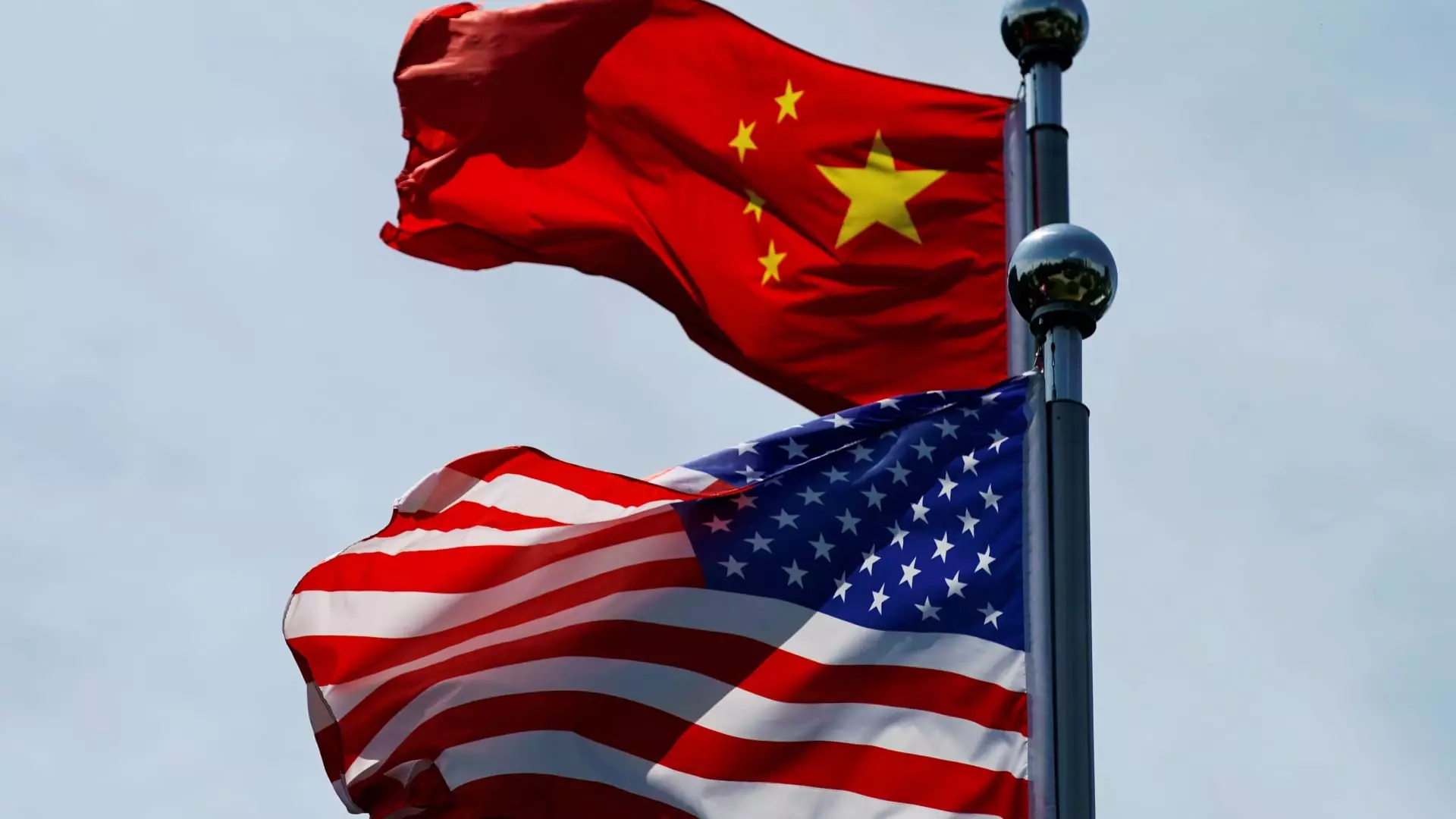The recent announcements made by President-elect Donald Trump regarding tariffs signify a considerable shift in U.S. trade policy, particularly concerning China, Mexico, and Canada. By proposing an additional 10% tariff on Chinese goods, Trump signals a departure from traditional diplomatic and economic engagement. Tariffs have long been contentious instruments of trade policy, often stirring debates concerning their efficacy and long-term consequences. Understanding the implications of Trump’s approach requires a deep dive into the economic rationale, potential impacts on international relations, and the underlying motivations for these radical policy shifts.
Trump’s justification for increased tariffs primarily revolves around national security concerns, specifically illegal immigration and the opioid crisis fueled by fentanyl trafficking. By linking the imposition of tariffs directly to these issues, Trump presents a narrative that emphasizes the need for stronger protectionist measures to safeguard Americans. His assertion that China is failing to control the distribution of illicit drugs—particularly the synthetic opioid fentanyl—claims to place responsibility on Beijing for harms inflicted upon Americans.
However, this explanation raises questions about the effectiveness of tariffs as a tool for law enforcement and public health. Tariffs are fundamentally a financial levy rather than a direct method to combat drug trafficking. Critics argue that relying on tariffs to mitigate social issues may overlook more effective strategies, such as international cooperation and intelligence sharing. Thus, while the motives are portrayed as patriotic, the method may be severely flawed.
The economic fallout from Trump’s tariff proposals could provoke a series of unintended consequences for both the U.S. economy and its trading partners. Historically, tariffs are often passed on to consumers, leading to higher prices on imported goods while potentially stifling competition and innovation domestically. A 10% increase on Chinese imports could ripple through supply chains, affecting U.S. manufacturers who rely on these goods for their production processes.
Market analysts, such as Kinger Lau from Goldman Sachs, suggest that the proposed tariffs may lead to responses from China, which could include monetary policy adjustments such as interest rate cuts and currency depreciation aimed at cushioning the economic impact. This could set off a tit-for-tat trade situation, further entrenching both countries in a cycle of retaliation rather than cooperation.
Geopolitically, Trump’s tariff strategy threatens to complicate U.S. relations not just with China but also with neighboring countries like Mexico and Canada. The move to impose a 25% tariff on imports from these nations effectively undermines the premise of free trade agreements established to foster economic collaboration across North America. The ramifications of this shift could lead to complete destabilization of trade relations and spurred nationalism, affecting everything from diplomatic ties to economic growth across the continent.
China, in particular, has historically refrained from aggressive retaliatory measures. However, the stakes are significantly higher now, as any counteractions could further escalate tensions. As American businesses become casualties of trade wars, U.S. stakeholders—including farmers disrupting agricultural exports reliant on Mexican and Chinese markets—could push back against punitive tariffs. It poses an intricate balance between enforcing borders and sustaining global economic ties.
In light of these developments, market reactions have been immediate and revealing. The U.S. dollar strengthened against both the Mexican peso and Canadian dollar, hinting at investors seeking refuge in the perceived stability of the American currency amidst uncertainty. Nevertheless, such reactions could be short-lived if trade relations deteriorate significantly. Long-term ramifications could manifest in decreased foreign direct investment and changes in global supply chain strategies, further destabilizing the economic landscape.
Consumer sentiment may also react negatively as goods become more expensive, exemplifying how tariff policies might clash with domestic interests. The challenge for the incoming administration remains: can a clear and coherent trade strategy emerge that balances economic protectionism with the obligations of global interdependence?
In summation, President-elect Trump’s tariff strategy serves as a reflection of both a defensive posture against perceived threats and a transformative approach to international trade policy. While addressing significant domestic issues is commendable, the means of enacting change through tariffs invites criticism and skepticism about long-term efficacy. The challenge lies in navigating the complexities of protectionism, domestic priorities, and the intricacies of a globalized economy. A careful, well-rounded approach is paramount if the U.S. aims to maintain its competitive edge while fostering harmonious international relations.

